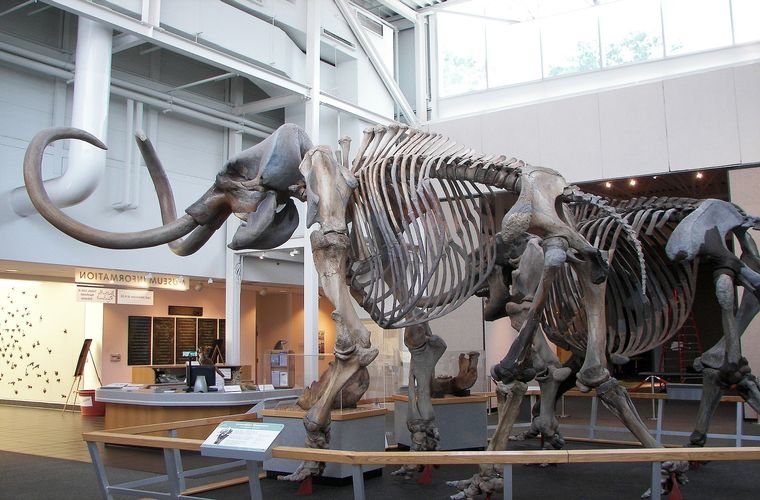From the farthest reaches of outer space to the depths of underground caverns, museums can inspire curiosity and take us to faraway places. With the popularity of virtual reality and augmented reality on the rise, museums are now implementing this technology to take their exhibits to a whole new level.
Patrons can step inside an exhibit and, with a VR headset, experience something unique and totally new. For the Natural History Museum of L.A. county, researchers there have collaborated with designers and scientists at the University of Southern California to create virtual models of the Ice Age, complete with wooly mammoths, wolves, and sabretooth tigers.
Background: Museums and VR
Museums have gradually been implementing more digital technology throughout the decades, but the COVID-19 pandemic significantly accelerated this shift. This allows museums to offer one-of-a-kind immersive experiences to patrons without worrying about social distancing guidelines. VR technology specifically lets every individual see at their own pace, making for a more customizable visit. One example of museums and VR is the 2021 Alice in Wonderland exhibit launched within the Victoria and Albert (V&A) Museum in London. There, visitors could play virtual croquet with hedgehogs or interact with caterpillars. The experience turned out to be an important success for the V&A museum in the wake of COVID-19.
Analysis: Paleoart and Accuracy
The Natural History Museum of L.A. County wanted to replicate this success while being as scientifically accurate as possible. In teaming up with designers at the University of Southern California, the researchers wanted to create a series of virtual Ice Age animals that were accurate to current fossil evidence. The models were made to be easily seen on a mobile phone. In order to make these animals, the team used paleoart, which is a type of artwork that uses scientific research to portray prehistoric life. According to the senior author of the study, Dr. Emily Lindsey: “Paleoart can be very influential in how the public, and even scientists, understand fossil life.” The lead author of the study, Dr. Matt Davis shared a similar sentiment. “We think paleoart is a crucial part of paleontological research, ” he said. “That’s why we decided to publish all the scientific research and artistic decisions that went into creating these models. This will make it easier for other scientists and paleoartists to critique and build off our team’s work.”
Outlook: Using social media to Share Museums and VR
After developing their virtual Ice Age animals, the team decided to share their creations via social media. These models can be found on sketch fab, Snapchat, or Instagram. This is rather different from what most museums do with their VR technology, where they have visitors use headsets within the museum. Should these models show effective use over social media, it may indicate a new wave of outreach for museums. With social media now being used for news updates, it will be no surprise to see if museums make their new debut, reaching new audiences through the power of the internet.
Kenna Castleberry is a staff writer at the Debrief and the Science Communicator at JILA (a partnership between the University of Colorado Boulder and NIST). She focuses on deep tech, the metaverse, and quantum technology. You can find more of her work at her website: https://kennacastleberry.com/

